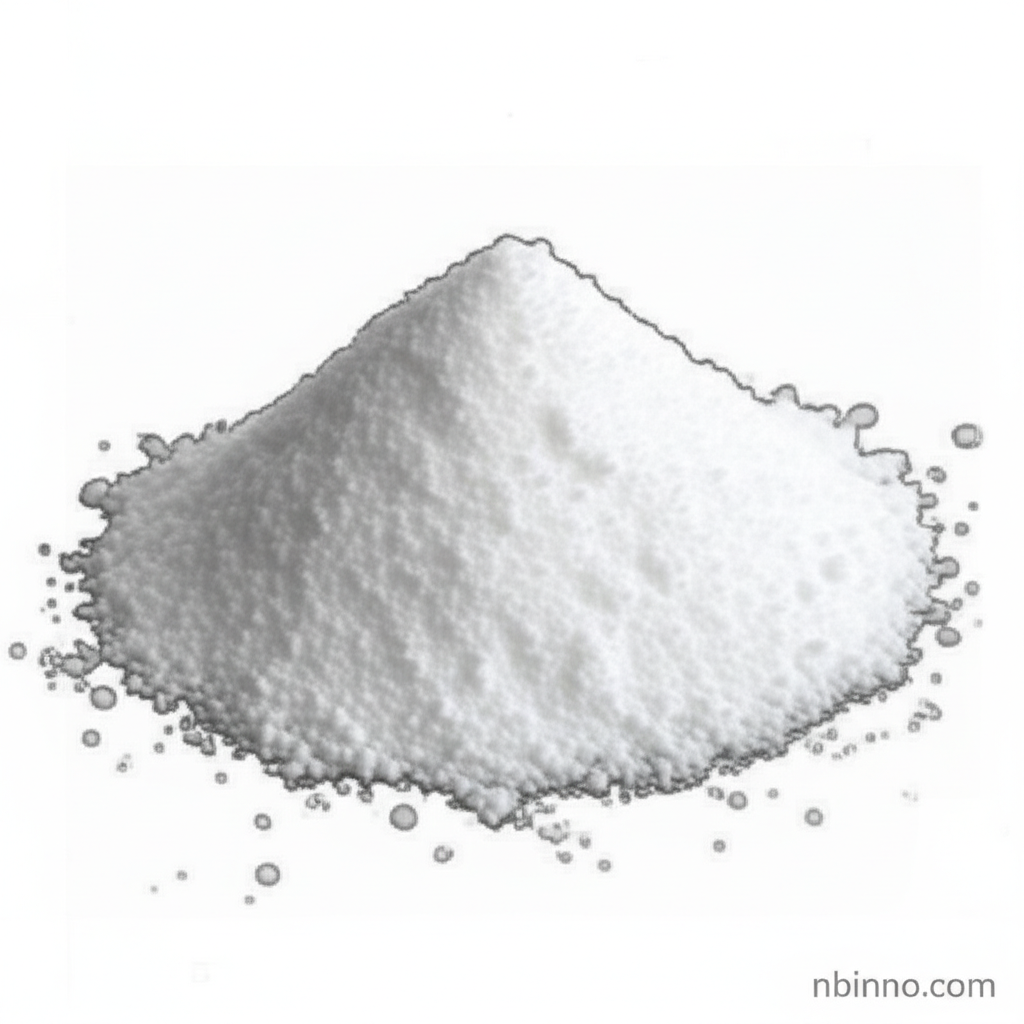Prednisolone CAS 50-24-8: Properties and Photochemical Behavior
Exploring the intricate chemical characteristics and UV-induced degradation of Prednisolone for innovative applications.
Get a Quote & SampleProduct Core Value

Prednisolone
Prednisolone (CAS 50-24-8) is a synthetic corticosteroid with potent anti-inflammatory, immunosuppressive, and anti-allergic properties. Its chemical structure and stability under various conditions are of significant interest, particularly its behavior under UV irradiation. Research into its photodegradation pathways sheds light on its environmental persistence and potential for transformation into other species, a crucial aspect when considering its use or presence in diverse chemical applications and environmental matrices.
- Prednisolone photodegradation mechanism reveals complex reactions influenced by UV light and oxygen, impacting its environmental fate.
- The study of reactive oxygen species generation during Prednisolone's UV exposure provides insights into its photochemical activity.
- Understanding the prednisolone CAS 50-24-8 chemical properties is vital for its effective utilization and safe handling in various industries.
- This compound shows potential in niche areas of electronic chemicals applications, leveraging its unique molecular characteristics.
Key Advantages
Photochemical Stability Insights
Analysis of prednisolone photodegradation contributes to a deeper understanding of chemical compound stability under UV radiation, crucial for product development and environmental monitoring.
Reactive Species Generation
The capacity of Prednisolone to generate reactive oxygen species under UV light highlights its potential as a photosensitizer in specific chemical reactions.
Pharmaceutical Intermediates Potential
As a derivative of cortisol, Prednisolone serves as a valuable prednisolone pharmaceutical intermediate, enabling the synthesis of various therapeutic agents.
Key Applications
Pharmaceutical Synthesis
Prednisolone is a key compound in the synthesis of various corticosteroid drugs, essential for treating inflammatory and autoimmune diseases. Its role as a prednisolone pharmaceutical intermediate is well-established.
Electronic Chemicals Research
While primarily known for its pharmaceutical uses, research into prednisolone CAS 50-24-8 chemical properties suggests potential applications in specialized areas of electronic chemicals applications due to its specific molecular interactions.
Environmental Science
Studying the prednisolone photodegradation mechanism is crucial for understanding the environmental fate of pharmaceuticals and developing effective water treatment strategies.
Photochemical Studies
The compound's interaction with UV light and its generation of reactive oxygen species make it a subject of interest in fundamental photochemical research.
